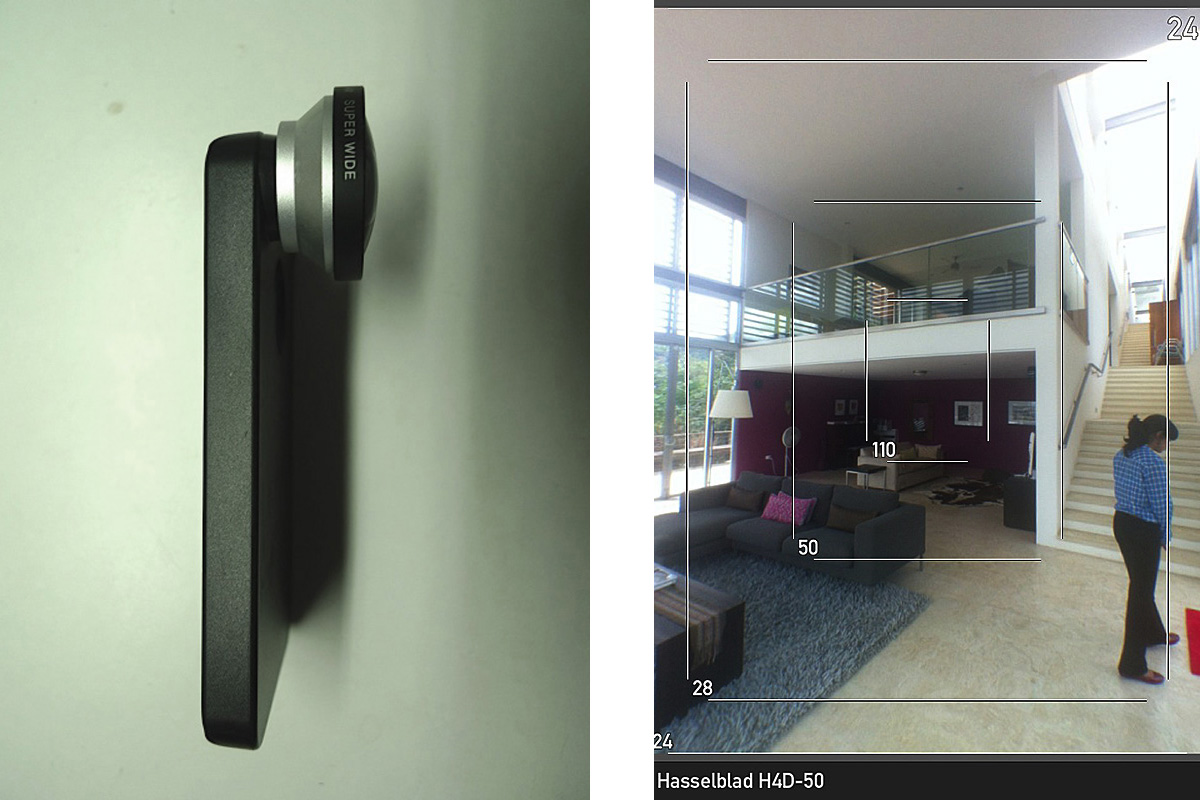14.2 SCOUTING PHOTOGRAPHIC PROJECTS
Scouting a project before actually undertaking a photographic assignment is ideal. Even better if you can manage to arrange a walk around with the architect to learn first hand about the design intent, features and problems encountered in the execution of the construction. Scouting is the best intelligence to get for a photographic assignment. You only need one case of arriving at a project to find huge guard dogs to contend with to appreciate my point. Outside of the extreme, learning about the mundane can also be very helpful. For example switches can be a real challenge, especially some of the more recent dimming switchgear, and you really don’t want to find yourself in a panic during the golden hour fiddling with lighting.
Aside from intelligence, scouting really provides the best hands-on opportunity to identify some of the shots that you will want to take when you return to photograph. Even though the scouting provides this opportunity I find that I often discover angles and compositions as I move around with the camera. Still scouting is really helpful as it does give you an opportunity to really think about how to best capture the design intent and how to deal with critical issues that emerge as a result of site conditions.
A tool that I have found really helpful is an App that works with my iPhone that can actually simulate pretty accurately the images I can get from my camera bodies and lenses. The app is called Mark II Artist’s Viewfinder and is sold by Dire Studio online at iTunes for less than USD24.99. Because I am using super wide lenses I also purchased the ALPA ACAM Super Wide Converter for the iPhone 4/4S/5 that converts the iPhone lens to simulate specific super wide lenses and cameras you want to use, once programmed in the app. I found this tool very helpful in determining which lenses can be used and to record the scouting shots on my iPhone. By simulating specific camera and lens combinations it allows the architectural photographer to visualize a series of compositions without actually setting up the camera and tripod. The ALPA lens converter screws onto a casing for the iPhone and you can even select a specific zoom composition. The Artist’s Viewfinder also stores a location GPX format track log and simulation metadata with the pictures, allowing for later evaluation
